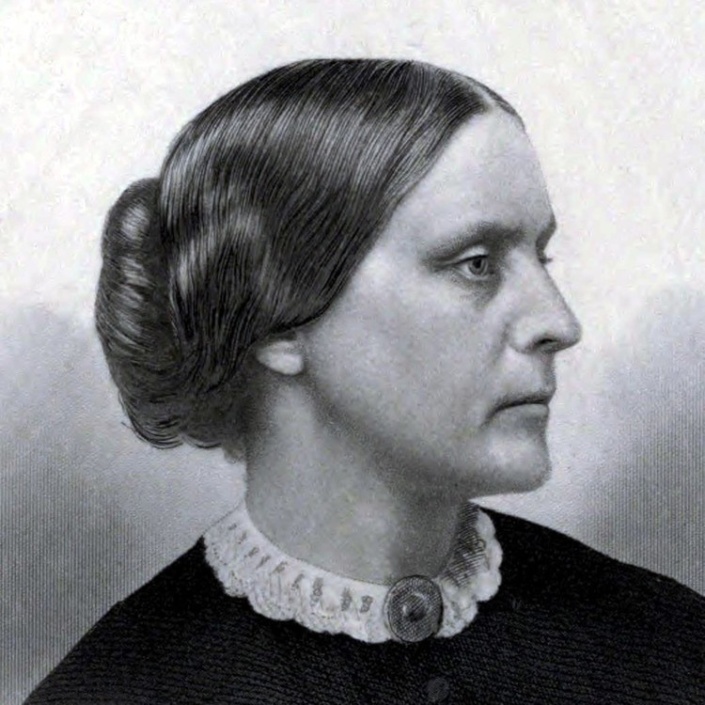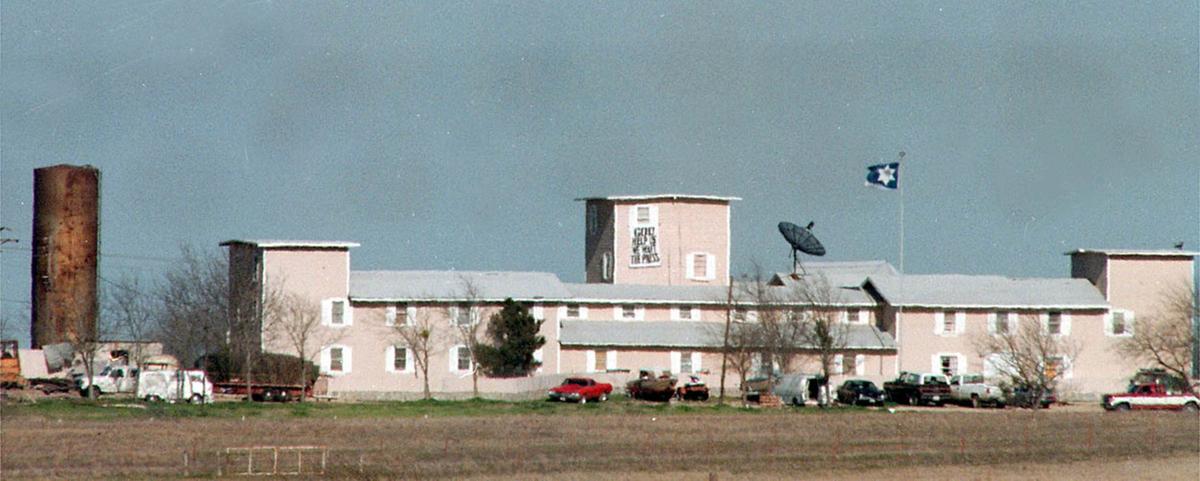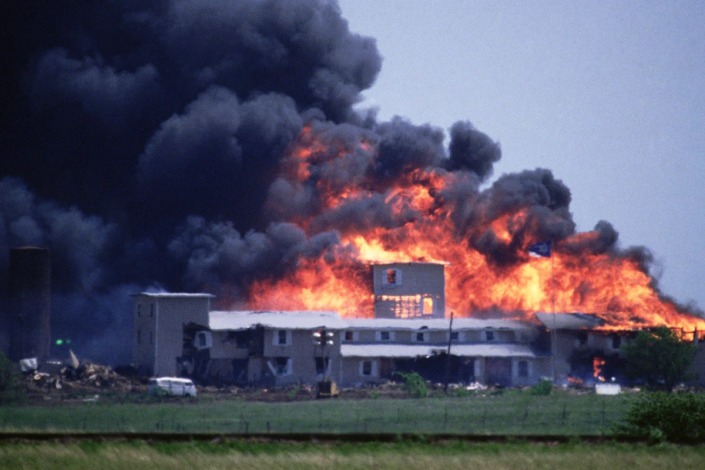trial
Throwback Thursday: Susan B. Anthony’s Arrest 1872

Champion of temperance, abolition, the rights of labor and equal pay for equal work, Susan Brownell Anthony became one of the most visible leaders of the women’s suffrage movement. Along with Elizabeth Cady Stanton, she traveled around the country delivering speeches in favor of women’s suffrage.
[She] was born on February 15, 1820 in Adams, Massachusetts. Her father, Daniel, was a farmer and, later, a cotton mill owner and manager, […] raised as a Quaker. Her mother, Lucy, came from a family that fought in the American Revolution and served in the Massachusetts state government. From an early age, Anthony was inspired by the Quaker belief that everyone was equal under God. That idea guided her throughout her life.
National Women’s History Museum
Susan B. Anthony
Nancy Hayward
2018
On November 1, 1872, Susan B. Anthony and [three] other women attempted to register to vote in the U.S. presidential election. When registrars hesitated, Anthony overwhelmed them with legal arguments and the men relented. On Election Day, November 5, Anthony voted for Ulysses S. Grant. She was one of fifteen women from her Rochester ward to cast a ballot. Attempting to vote was actually a common tactic among suffrage activists. Anthony’s action commanded outsized attention because she and her colleagues actually voted.
Anthony was arrested on November 18, 1872, for violating the federal Enforcement Act of 1870 […].
Freethought Trail
The Arrest of Susan B. Anthony
Robert Green Ingersoll Memorial Committee

Nine days after the election, U.S. Commissioner William C. Storrs, an officer of the federal courts, issued warrants for the arrest of Anthony and the fourteen other women who voted in Rochester. Three days later […] a deputy federal marshal called on Anthony. He asked her to accompany him downtown to see the commissioner.
Anthony’s trial began in Canandaigua, New York, on June 17, 1873. Before pronouncing the sentence for her crime, Justice [Ward] Hunt asked Anthony if she had anything to say. She did. In the most famous speech in the history of the agitation for [women’s] suffrage, she condemned [the] proceeding that had “trampled under foot every vital principle of our government.” She had not received justice under “forms of law all made by men…” “…failing, even, to get a trial by a jury not of my peers.” Sentenced to pay a fine of $100 and the costs of the prosecution, she swore to “never pay a dollar of your unjust penalty.” Justice Hunt said Anthony would not be held in custody awaiting payment of her fine.
The Trial of Susan B. Anthony
Federal Judicial Center
Web Archive
May 31, 2010
A month after the trial, a deputy federal marshal was dispatched to collect Anthony’s fine. He reported that a careful search had failed to find any property that could be seized to pay the fine. The court took no further action.
Wayback Wednesday: Guy Fawkes Convicted 1606

The Gunpowder Plot of 1605, […] often called the Gunpowder Treason Plot or the Jesuit Treason [in earlier centuries], was a failed assassination attempt against King James I by a group of provincial English Catholics led by Robert Catesby.
The plan was to blow up the House of Lords during the State Opening of Parliament on [November] 5, 1605, as the prelude to a popular revolt in the Midlands, during which James’s nine-year-old daughter, Elizabeth, was to be installed as the Catholic head of state. Catesby may have embarked on the scheme after hopes of securing greater religious tolerance under King James had faded, leaving many English Catholics disappointed. His fellow plotters were John and Christopher Wright, Robert and Thomas Wintour, Thomas Percy, Guy Fawkes, Robert Keyes, Thomas Bates, John Grant, Ambrose Rookwood, Sir Everard Digby and Francis Tresham. Fawkes, who had 10 years of military experience fighting in the Spanish Netherlands in the failed suppression of the Dutch Revolt, was given charge of the explosives.
The plot was revealed to the authorities in an anonymous letter sent to William Parker, 4th Baron Monteagle, on [October] 26, 1605. During a search of the House of Lords in the evening on [November] 4, 1605, Fawkes was discovered guarding 36 barrels of gunpowder, enough to reduce the House of Lords to rubble, and [was] arrested. Most of the conspirators fled from London as they learned of the plot’s discovery, trying to enlist support along the way. Several made a stand against the pursuing Sheriff of Worcester and his men at Holbeche House […]. [In] the ensuing battle, Catesby was one of those shot and killed. At their trial on [January] 27 1606, four hundred, fifteen years ago, today, eight of the survivors, including Fawkes, were convicted and sentenced to be hanged, drawn and quartered.
The thwarting of the Gunpowder Plot was commemorated for many years afterwards by special sermons and other public events such as the ringing of church bells, which evolved into the British variant of Bonfire Night of today.
Wikipedia Summary
Additional Reading:
The Trial of the Gunpowder Conspirators (The Tudor Society/Claire Ridgway/January 27, 2018)
Throwback Thursday: Waco Siege 1993

Rod Aydelotte with the Waco Tribune-Herald
Branch Davidian Compound during 1993 siege.
Sheet says: “God help us. We want the press.”
Twenty-six years ago, today, at 9:45 am CST, the Bureau of Alcohol, Tobacco and Firearms (ATF) attempted to serve a search warrant for illegal weapons, and possible methamphetamine manufacture (brings in military assistance due to the War on Drugs), to the Branch Davidians religious group at the Mount Carmel Center in Axtell, Texas. The raid did not go well. The ATF was unable to get into the compound after a two-hour battle that claimed the lives of four ATF agents and five Branch Davidians. Sixteen more agents were wounded. A ceasefire was called until another branch member attempted to re-enter the compound six hours later and was gunned down.
The ATF made contact with David Koresh (Vernon Wayne Howell) inside and, the FBI moved in and took over the operation. Early on, 25 FBI negotiators nearly had Koresh agreeing to the Davidians leaving peacefully in exchange for a recorded message of his being released via radio. After the recording was aired, Koresh changed his mind and, stated that ‘God’ had told him to stay and wait. Despite the reversal, nineteen children were released and, interviewed regarding alleged physical and sexual abuse. Koresh gave phone interviews to the local media until the FBI cut all communication.

The stand-off lasted 51 days, culminating in a deadly fire on April 19. Seventy-six Branch Davidian members died. Autopsies revealed some died due to collapsed concrete walls, others by gun shots (either self-inflicted or consensual execution) and, there was one stabbing. Autopsy photographs of some children seemed to indicate cyanide poisoning.
The raid was criticized extensively. A slew of controversies emerged. There was no meth lab and no evidence of child abuse. Despite the Danforth Report, the whitewash of bureaucratic misconduct fueled resentment. The Oklahoma City Bombing occurred on the second anniversary of the Waco fire.
Trial
Civil Suits
British Citizen Survivors
Nothing remains of the buildings, today, other than concrete foundation components, as the entire site was bulldozed two weeks after the end of the siege. Only a small chapel, built years after the siege, stands on the site.
